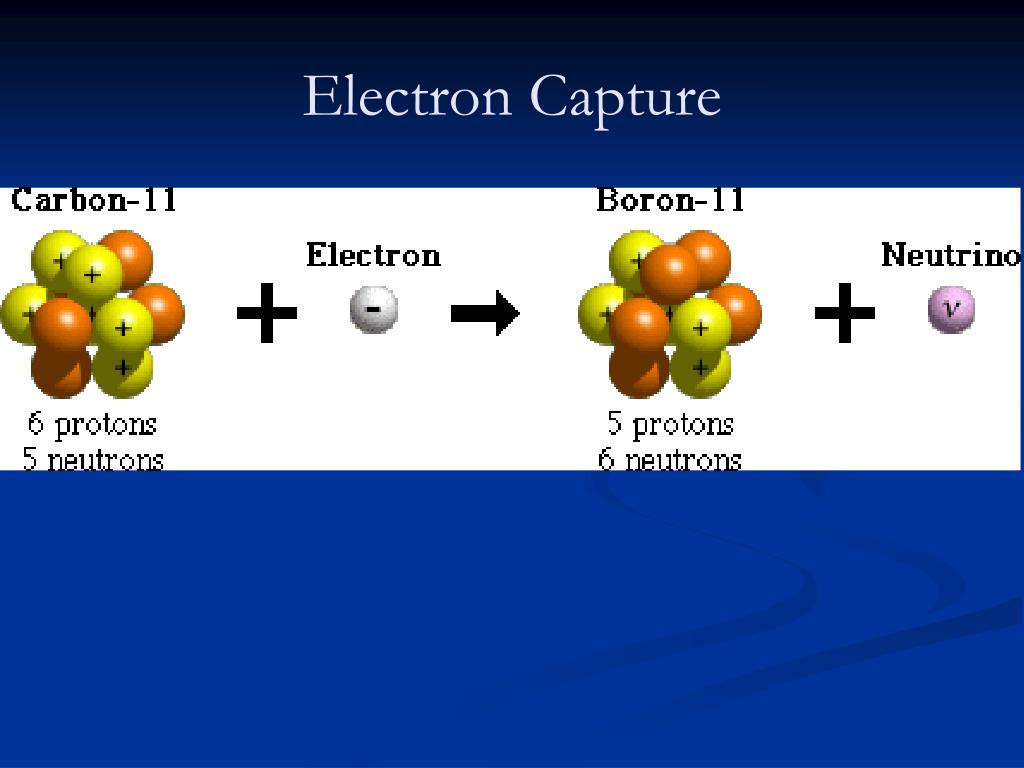

#Electron capture chemistry free
Carrier gas must be dry, free of oxygen and chemically inert mobile-phase employed in gas chromatography. The carrier gas plays an important role, and varies in the GC used. Therefore, the method of gas-liquid chromatography is simply shortened to gas chromatography and will be referred to as such here.The purpose of this module is to provide a better understanding on its separation and measurement techniques and its application. However, the method of GSC, has limited application in the laboratory and is rarely used due to severe peak tailing and the semi-permanent retention of polar compounds within the column. In a capillary column, the tubing walls are coated with the stationary phase or an adsorbant layer, which is capable of supporting the liquid phase. The liquid phase adsorbs onto the surface of these beads in a thin layer. The column is considered packed if the glass or metal column tubing is packed with small spherical inert supports. In GLC, the liquid stationary phase is adsorbed onto a solid inert packing or immobilized on the capillary tubing walls. Materials that are less soluble in the liquid will increase the result faster than the material with greater solubility.The purpose of this module is to provide a better understanding on its separation and measurement techniques and its application. This inert gas goes through a glass column packed with silica that is coated with a liquid. The vaporized samples that are injected are then carried by an inert gas, which is often used by helium or nitrogen. To separate the compounds in gas-liquid chromatography, a solution sample that contains organic compounds of interest is injected into the sample port where it will be vaporized.

A typical gas chromatograph consists of an injection port, a column, carrier gas flow control equipment, ovens and heaters for maintaining temperatures of the injection port and the column, an integrator chart recorder and a detector. The combination of gas chromatography and mass spectrometry is an invaluable tool in the identification of molecules. Among the various types of gas chromatography, gas-liquid chromatography is the method most commonly used to separate organic compounds. In organic chemistry, liquid-solid column chromatography is often used to separate organic compounds in solution. In early 1900s, Gas chromatography (GC) was discovered by Mikhail Semenovich Tsvett as a separation technique to separate compounds.


 0 kommentar(er)
0 kommentar(er)
